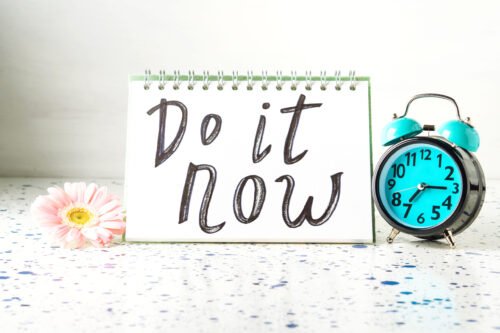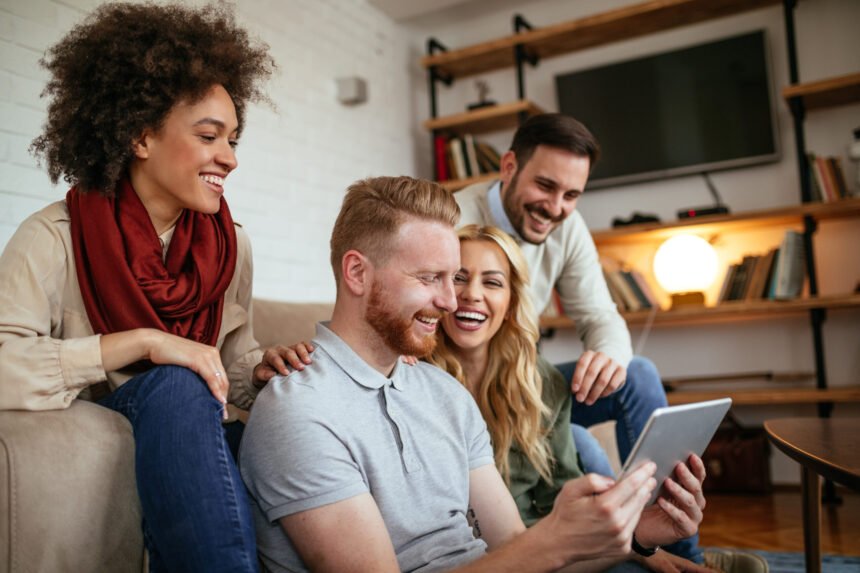Lighting
Understanding lighting dynamics for video can be a head scratcher. You want to stand out from the crowd with bold lighting that takes in your best qualities, but you don’t want to overdo it either. Too often selfshot videos feature people using odd colors for their skin palette or have harsh lighting either in front or behind them. You need to look good to get results!
So what principles can we implement to make an impression on your audience? Whether you’re using Zoom or making a DIY vlog, proper lighting can make or break your video.
Whether you realize it or not, you are dealing with practical forms of lighting on a daily basis. It blends into your daily routine, turning on the bathroom light, drawing a shade in the afternoon when it gets too bright. The first comment most people make when they wake up and look outside is a statement about the weather. They either say “Ahh what a beautiful morning!”, or “Ugh what a dreary day…”. This comment is a direct response to what the light outside looks like.
Golden hour is a term many of you have heard muttered by your photographer friends droning on about its charming qualities. But what makes the golden hour so special? The Golden Hour gets its name from the bright orange and red colors that are present during this period of time. This warm color temperature bathes everything in a soft golden glow. This is very flattering for portraits and creates a warm and cozy look (we’ll get into why later).
Now I’m not suggesting that you record every video and Zoom meeting at the crack of dawn! But understanding how we can apply this magic light to our videos might just be the game changer you’re looking for!
1: Back to the Basics – Three Point Lighting
Three point lighting is the bread and butter of video lighting. If you can understand how to master this simple yet powerful lighting setup you can make any set look like that beautiful morning!
As the name suggests, there are three main points of light with this setup each with their own unique job. First, you have the “keylight”. This is your main source of light on your subject, highlighting form, dimension and surface detail. If we were going to apply this to an everyday light source this would be the light on your bathroom mirror, or “beauty light”. You want this light to be large and soft (we’ll get to why soon). Next, you have your “fill light”. This light is normally set up perpendicular to your keylight and its job is to fill in the shadows. The third light is known as the “hairlight”. This light is set up opposite your keylight and helps your subject stand out from the background of the scene by lighting its back.
Now that we’ve discussed these lights, let’s get into how you can use this setup in your daily Zoom meeting!
- Setting the Keylight
The keylight is arguably the most important light in this set up. The angle, color, brightness, and relative softness of the light all need to be taken into account. In the three-point (formula) lighting the key light is placed at an angle of between 30- and 45-degrees from either the left or the right of the camera. 45 degrees off to one side is best because, among other things, it brings out optimum form (dimension) in the subject. Does it matter if the key is on the right or the left? Possibly. There are four things you need to think about in making this decision.
- Follow Source: Is there an apparent source of light in the setting such as a window or nearby table lamp? If so, be sure to light from this direction.
- Consistency: In most settings it will look a bit strange if two people are sitting next to each other and one is keyed from the left and one from the right.
- What’s your good side? (Yes, everyone has a goodside) Put the key on this side. It will emphasize the positive and downplay the less flattering side.
- What’s most practical? If there is a wall or obstruction on one side of the subject — a possible problem when doing on-location shoots — you will generally want to key from the side that will enable you to use a 45-degree angle.
As mentioned before, you want the keylight to be as large and soft as possible. Like that morning or evening “golden hour” light. Soft light prevents hard shadows from diminishing the form and dimensions of your subject. Making sure the light source is large prevents pin lighting which can make eyes look small, and further softens the light. Just think about how big the sun is, that’s a big keylight!
- Setting the fill light
Now that we’ve finished setting the keylight we can move on to the fill light. This is your most subtle light source, but not to be underestimated! The fill is there to make sure the shadows from the key light aren’t too dark. The fill light is usually about only about a quarter as bright as your key light. You place it on the opposite side from the key light, at about the height of the camera. There may be a temptation to put it at the same angle as the key — after all, we like symmetry — but don’t do that. One thing we’re trying to do here is use shadowing to make the two sides of the face look different, so try your fill light at an angle of 15 or 25 degrees, and adjust it to suit your aesthetic.
- Setting the Backlight
We’re almost there! Now that we’ve set the key and fill lights, it’s time to put a little flare into your shot! The back light, sometimes called a hair or kicker, is aimed at the subject’s back, and, like the key light, it is usually 45-degrees off the axis and shines down upon the subject. This creates a bright rim around part of the subject, creating an outline which then appears to separate the shoulders from the background. The back light should be at least as bright as the key, often brighter.
Now you know how to use three-point lighting in your next video project. You understand why 3-point lighting is important, and what are a few of the fundamentals. Hungry for more content? Next, you’ll want to check out our blog on how to start your next video project. We’ll go over the ins and outs of the production process and how you can take these new lighting skills and hit the ground running!
Interested in starting a new video project and letting the professionals do the work? Get in touch with Striking Media today.





